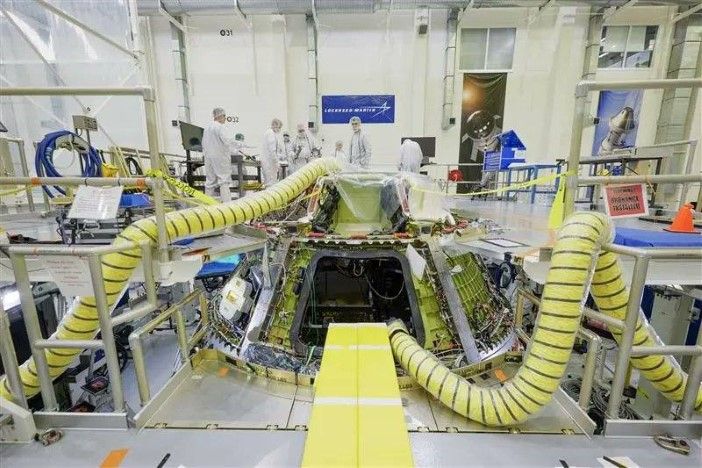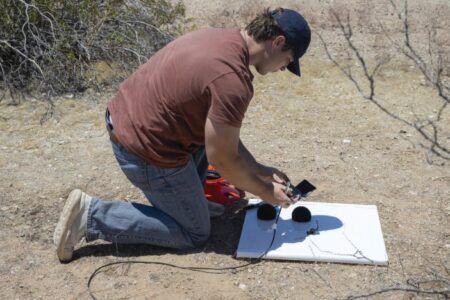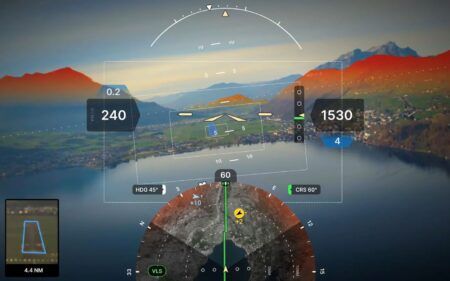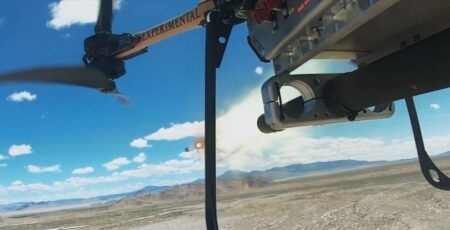NASA has powered on the Artemis III spacecraft’s computers for the first time, marking a significant milestone in the lunar mission program. The activity represents the initial integration of two vehicle management computers and six power and data units in the crew module.
The core avionic systems, described by prime contractor Lockheed Martin as the “brain and heart” of the Orion capsule, were installed, loaded with flight software, powered on and tested to ensure crew module subsystems meet safety and reliability requirements for flight operations.
Each of Orion’s redundant flight computers operates 20,000 times faster than Apollo-era systems and substantially faster than flight computers on the space shuttle and International Space Station (ISS). The spacecraft features a triple-redundant data network and gigabit Ethernet technology, enabling rapid communication between systems for deep space exploration missions.
“Over the next few months, our team will continue integrating the 70 components that make up the spacecraft avionics suite, connecting them with nearly 400 harnesses,” said Nathan Varn, director of Orion assembly at Lockheed Martin. “We’ll then put the vehicle through a series of functional tests to ensure all components are ready to move on to environmental testing, where the spacecraft is pushed to its limits.”
Within days of the Artemis III power-on, the team also powered down the Orion vehicle for Artemis II and delivered it to NASA for launch processing. Artemis I launched in 2022.
The Artemis II mission is scheduled to launch early next year and will travel for 10-days carrying a crew 4,600 miles (7,400km) beyond the Moon and back to Earth. Artemis III is scheduled to launch mid-2027 and land on the Moon with a crew.
Lockheed Martin is contracted to develop Orion spacecraft up to Artemis VIII.
The avionics integration process involves connecting 70 individual components through nearly 400 wire harnesses to create the complete spacecraft control system. Following integration, the vehicle will undergo functional testing before proceeding to environmental testing phases.
“As we bring the Artemis III Orion spacecraft to life, we’re not just powering on a machine – we’re igniting a new era of deep space exploration we haven’t seen since Apollo,” said Kim Fleming, Artemis III mission manager at Lockheed Martin.
The Artemis III mission aims to achieve a lunar landing with a crew of four in 2027, representing a key step toward establishing a sustainable presence on the lunar surface. The mission serves as preparation for eventual human missions to Mars.
The successful computer activation follows the completion of major structural and systems integration work on the Orion crew module. Environmental testing will subject the spacecraft to extreme conditions simulating the harsh environment of deep space operations.





